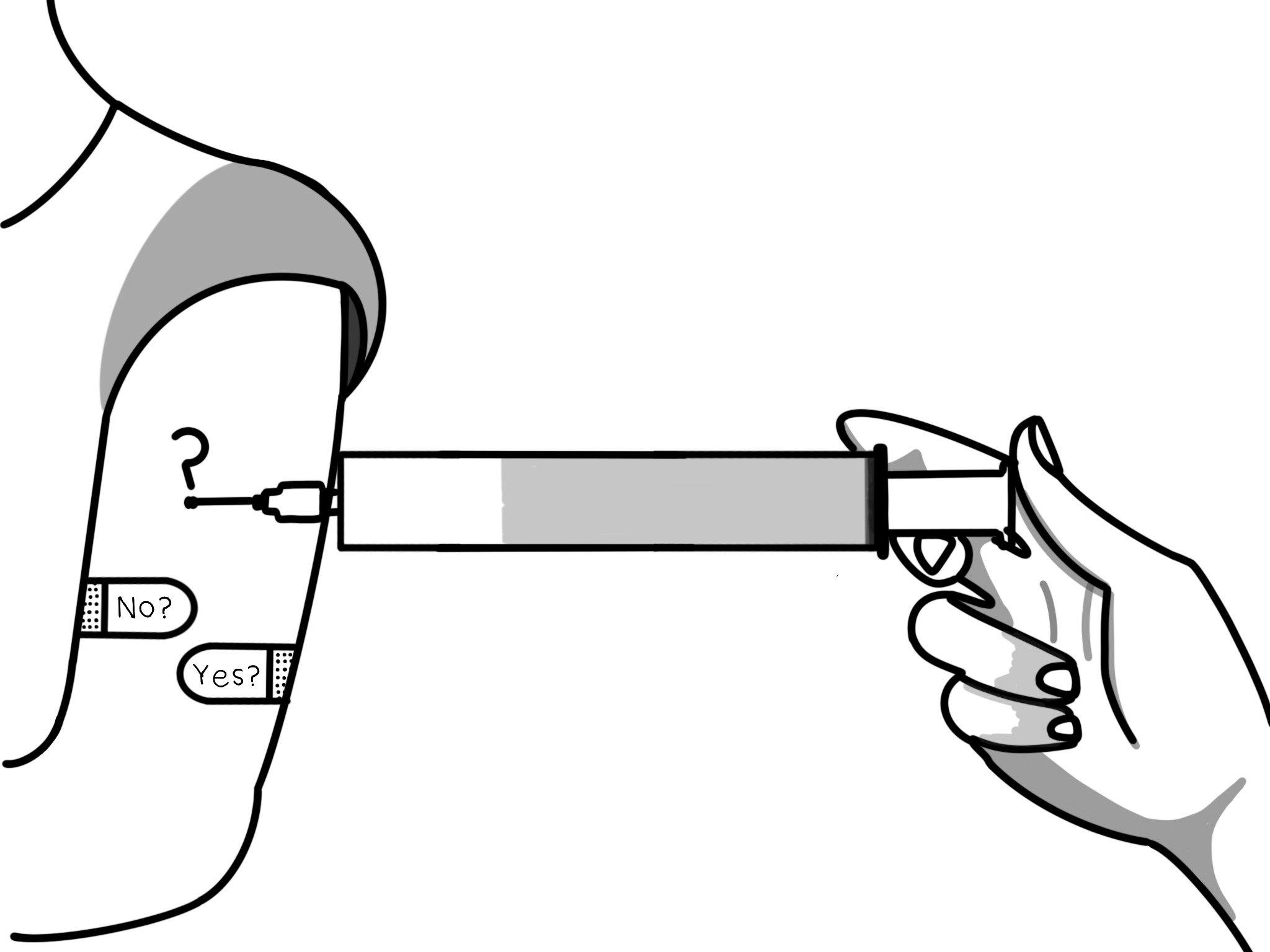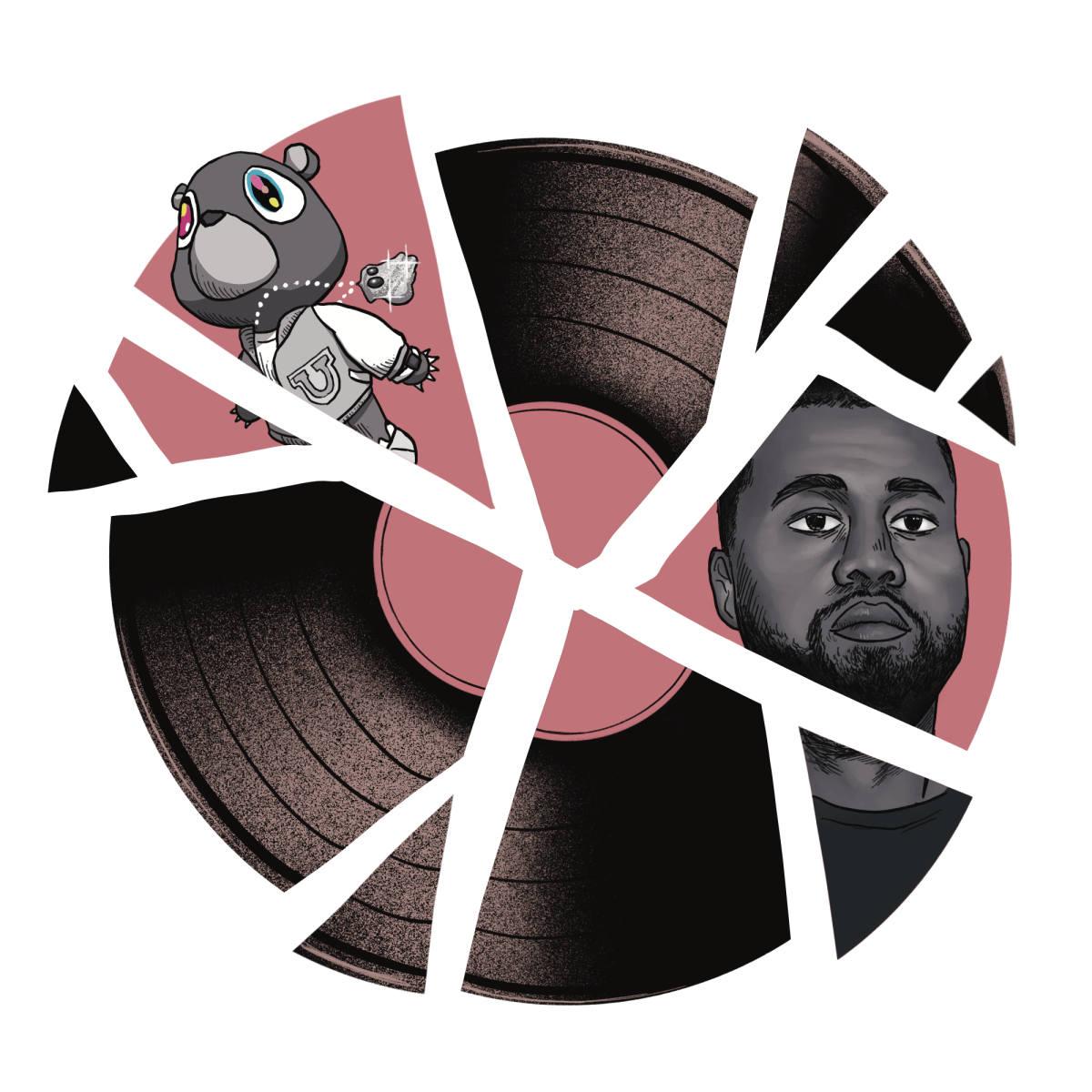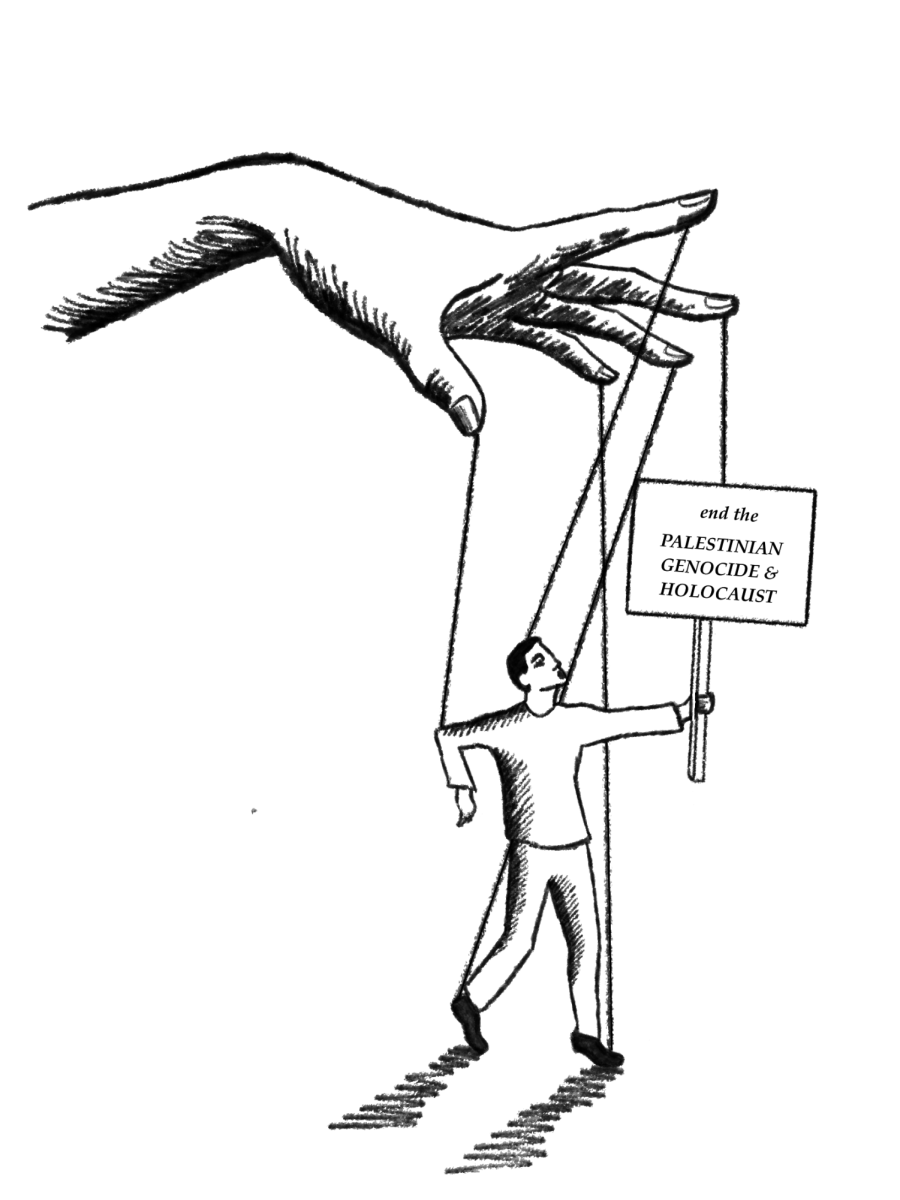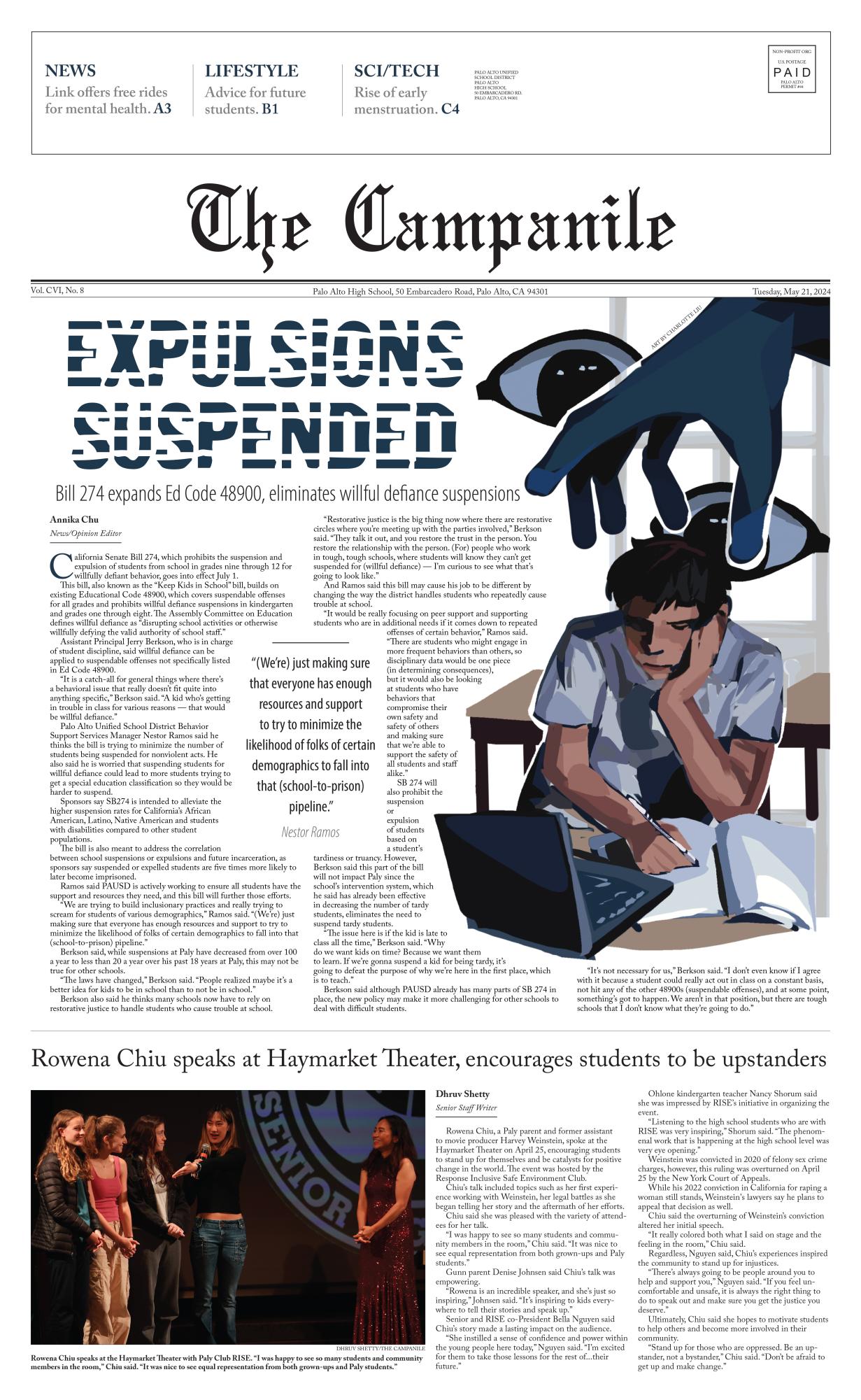[dropcap]H[/dropcap]oarding toilet paper. No Clorox wipes in stock. Empty food shelves. When the pandemic arrived, the world panicked. We prepared for what felt like the apocalypse, stocking up on random things and expecting to never leave the house again. Although we feared the virus, we feared the unknown just as much.
This isn’t the first time in recent history a massive virus has swept through the world; SARS, Ebola and the Spanish Flu all shut down cities and sent shockwaves of fear across the globe. But the US was never on the front lines of any of these pandemics. So when COVID-19 came knocking on our doors, we were taken by surprise.
Now, a year after the shelter-in-place order was first enacted in Santa Clara County, the world looks different than it did last March. The unknown has become known; still, we are not comfortable, but have at least conformed to our new reality. We are catching a glimpse of better days. Shelves are stocked, outdoor dining is open, indoor dining is open but limited, and movie theaters will reopen soon. And last, but certainly not least: vaccines are being distributed.
We’re finally starting to see the light at the end of this long, difficult, and unprecedented tunnel. But as we near what we can only hope is the end of this pandemic, I have to wonder: can this happen again? If it does, can the repercussions we faced be avoided?
We can’t control the cycles of life and nature, but we can control how we prepare and respond to them. While we can’t control if a virus like this will come again, we can take steps to minimize the damage if it does.
Though it took a while to figure out, we now have the infrastructure for a more distanced, safe society. Restaurants know how to accommodate outside seating, stores have new capacity levels and cleanliness protocols, schools have learned how to teach virtually, companies have embraced work from home, businesses check people’s temperature at the door and the list goes on. If something like COVID ever strikes again, we have more infrastructure in place to implement the right protocols at a faster and more organized pace. We’d be able to minimize the panicked “What is this?” and “What do we do?” phases and dive into action, prepared to help curb the spread of a new virus right from the get go.
Desperate times call for desperate measures, but what if those desperate measures are heightened efficiency and more effort going toward a good cause? Vaccines are being produced at a pace our generation, and generations before us, had never seen. Less than a year and a half after the first known cases of COVID appeared, three different vaccines have been researched, created, tested, approved and distributed in the US. When talk of a vaccine started, everyone worried it would take much too long to bank on seeing relief anytime soon. And though a year of quarantine hardly feels like soon, when you put it into perspective, these vaccines were produced in record time. This pandemic taught us that it is possible to create and circulate a vaccine quickly. If vaccine companies learned how to do it now, we will be able to mobilize faster and avoid the typical obstacles associated with vaccine research and production in the future.
Coordination and collaboration are some of the most essential qualities in battling any virus. Today, we are still left with the question (and possibly the consequences) of “What if?” What if we had taken a united approach to fighting the virus? Seeing how hard this pandemic has hit the US shows no actions work to combat a virus without unity and coming together.
Future viruses aren’t avoidable, but their impact can be limited. Though we can’t stop another virus from occurring, we can take what we learned from this one to minimize future fallout in a similar circumstance. If we learn from our experiences with COVID-19 and work together when another pandemic begins, we will be able to mobilize more quickly, hopefully save more lives and get back to that normal we all miss much faster.









